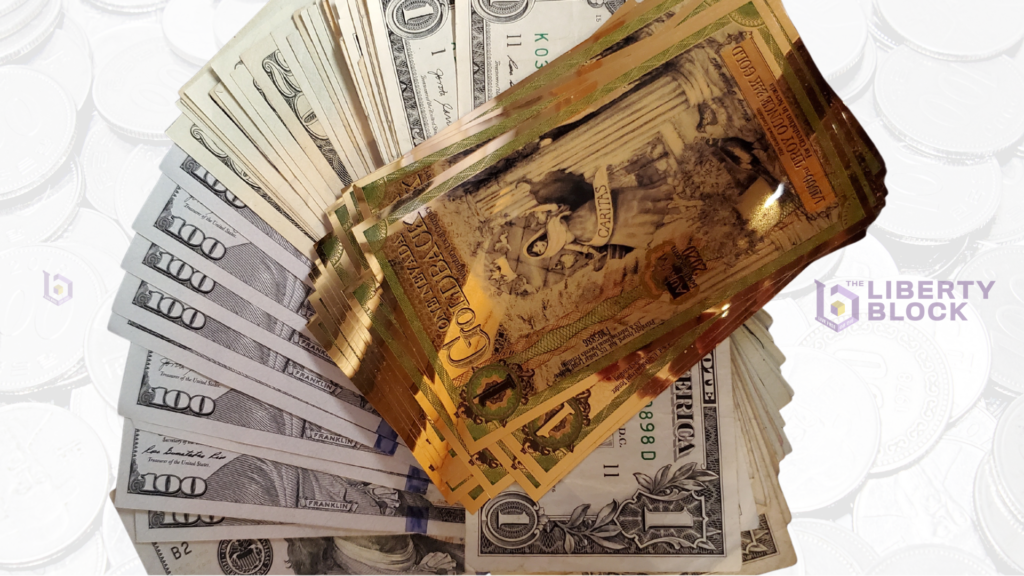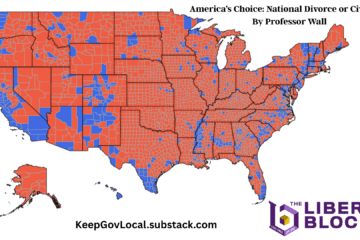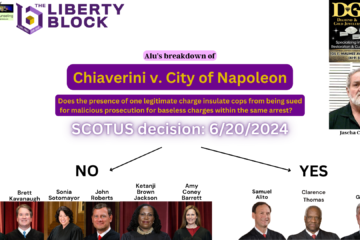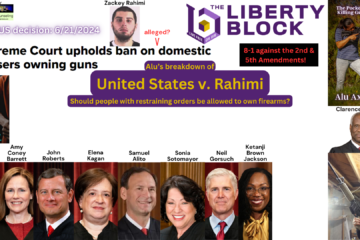It’s morning, you awaken and decide to go to the local gas station for a cappuccino. At the counter the cashier rings up your purchase, she slowly blinks her baggy sleep-deprived eyes and utters to you.
“That’ll Be $10.80”
Inflation is a monster that is constantly being fed by, well, the Fed. Each year the purchasing power of the US Dollar is weakened, to the point the Dollar today has the same purchasing power as 4 Cents in 1913. Eventually, we’ll reach a point like Weimar Germany where Americans will be using wheelbarrows to pay for a loaf of bread, so what do we do? What is a way to escape from the further weakening dollar?
Private Currencies.
Before that, we must answer the question that we should be asking ourselves: “What exactly is money?” The founder of the Austrian School of Economics Karl Menger laid out his perspective where money started as barter and over time the most saleable commodity would become the medium of exchange that was used for all transactions in history this has led to two commodities coming out on top.
Gold and silver.
For the scope of this article, we’ll be focusing on gold. Gold throughout history has been used as a primary means of exchange, there’s only one big problem, well, a big value problem. The overall value of Gold is so high that for the most part, you can’t use it for everyday purchases, at the time of this writing a gram of gold is sitting somewhere between $90-100, you’re not buying a cappuccino at the local gas station with a gram of gold, that’s an expensive cup at that rate. For a time the solution to this was hosting your gold in a bank and lending out promissory notes that would be valued for a certain weight of gold. These notes ended up becoming so convenient to use that people stopped retrieving their gold and just stuck with the notes. With regret, however, this made the move from a gold-backed system of money to a dangerous alternative form of currency easier.
Fiat-Money.
Fiat money in very simple terms is money that is only backed by the government’s word, an IOU. As fiat currency becomes less attached to the physical gold reserves, its value decreases and becomes based only on supply and demand, largely influenced by the issuing government. . Don’t ask questions. There’s a bit more involved in the value of fiat currency such as being partially determined by debt to GDP ratios, taxes aiding in the demand for the money, and the actual money supply. Money supply is relevant in this day and age due to the overprinting of federal reserve notes to fund government programs and wars, increasing the money supply is called ‘inflation’. While at first this doesn’t seem to affect the daily lives of the average citizen soon enough prices begin to rise. This isn’t because the quantities of materials and products are becoming more scarce, it’s due to the increase in money supply decreasing the value of the currency. This has been called ‘Taxation by Inflation’.
So what do you do?
There are ways to mitigate the risk of inflation for yourself or your household. Investments in stocks while carrying risk can net you earnings over time. But a way to hedge against inflation is the purchase of precious metals including silver, gold, palladium, etc… because these are commodities with demand attached to them, they have built-in mechanisms in retaining their value. There are also crypto-currencies that can act as stores of value and mediums of exchange. These include coins like the well-known Bitcoin, but also include coins like Monero, and Dash, however might be a bit esoteric for the average person to attain without people knowing about it and also truly owning the coins themselves. If you’re unconcerned about that, sites like Coinbase have custodial keys so while you aren’t actually owning your coins (until you transfer them into a personal wallet) you are still purchasing coins as a store of value. However, I’d like to point out a product that actually can act as physical cash while maintaining a stored value.
Goldbacks.
Though there are two other articles and a podcast episode on Goldbacks from this publication, I’ll give new readers a basic rundown of what Goldbacks are. Goldbacks, simply put, entail small amounts of gold made into a bill that is usable as a currency. This is done by atomizing the gold and putting it between two strong polymer sheets, making the gold storable and usable. So unlike the promissory notes that were mentioned previously in this article, a goldback is the gold itself.

I conducted a short interview with Benjamin Shaffer, who is the Legal Counsel and Chief of Marketing Services for Goldback Inc.
“Local currencies are important because they give control back to the local area and entrepreneurs instead of far-off entities and corporations.” Stated Shaffer. This is done by having to use local services and businesses with said currency instead of a large business that likely would not accept it. In the case of the Goldback, this is accomplished by the fact it is also gold and not just a thing local denizens trust. Walmart may not accept something like the Goldback, but your local food Co-Op might. As Goldbacks have somewhere between a 25-50% acceptance rate among small businesses, this is where you’d be spending your money. The quality of gold-backed money is sound, but there is one problem that Goldback has to overcome that the US Dollar is privileged to not suffer.
Gresham’s Law.
Gresham’s Law states that in a competition between currency, bad money will win out over good money over time, in other words, the average person will be more likely to use their US Dollars to purchase goods and services over their Goldbacks because the gold will maintain value, while the US Dollar won’t. Shaffer gave his answer to the dilemma of Gresham’s Law.
“Gresham’s Law Is indeed a problem, it takes a more enlightened consumer to build these communities. There are business owners that are also working around this by making Goldback the preferred commodity over the US Dollar but adding a premium to the value of Goldbacks (i.e treating them as 115% value over their retail price). But it’s not just private entities that are working to beat Gresham’s law. Wyoming recently passed a law stating that sales in gold are not subject to a sales tax.”
So, although the answer to Gresham’s Law isn’t completely air-tight, there are steps being taken to mitigate it.
Now, for the question of durability and ease of transport.
Goldbacks are made with a strong polymer to prevent damage to the gold inside. They won’t tear or be set alight under normal circumstances and they are waterproof. They will however keep a crease if you intentionally fold one. As for transport, the company also has specialized wallets for carrying Goldbacks, though Shaffer explained that these weren’t absolutely necessary.
“The second-largest Goldback is the 25 Goldback bill which is the same size as a normal Federal Reserve Note. The 50 Goldback however is larger and might not fit in smaller wallets, but considering the 50 is worth somewhere between $180-200 it’s not likely the average person is going to be carrying one around, so a normal wallet is fine, and women’s wallets or a checkbook work as well.”
With the information I have provided in this article, I hope the reader will start to look into other options and find ways to diversify their wealth over time. If you have an interest in precious metals, APMEX is a good website with fair pricing and also an app that was released recently. For Crypto Currencies, websites like Coinbase exist but the appearance of Crypto-ATMs is becoming more prevalent, I’d recommend doing more research before you dive into Cryptocurrencies, though. And if you’re intrigued by the concept of Goldbacks, there are a few websites that sell them, including Defy The Grid, which has a link on our website.
Remember inflation is causing your money to lose its worth. Try to be ahead of the curve in some way.


